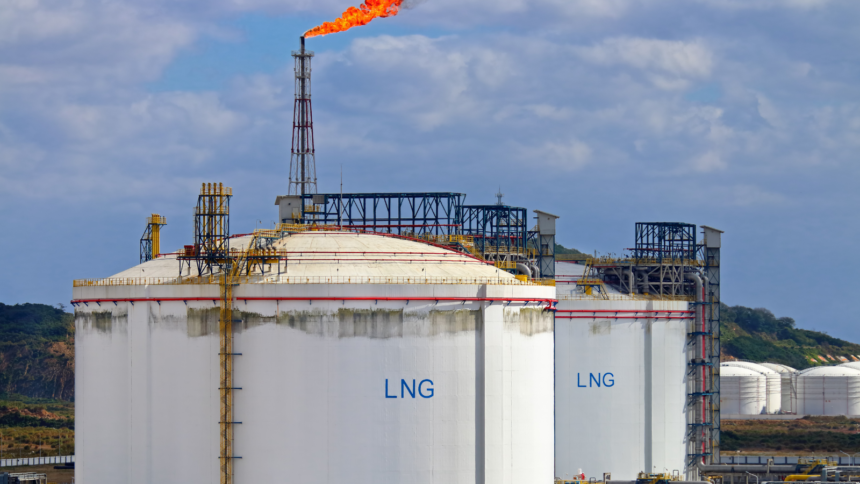In a significant development, Shell and Equinor have received the green light to forge ahead with their ambitious Tanzania LNG project, following successful negotiations and the signing of crucial agreements with the Tanzanian government. The completion of the highly anticipated host government agreement (HGA) and production sharing agreement (PSA) now allows the two energy giants to embark on the engineering phase of the project.
The Tanzania LNG project aims to unlock the vast gas reserves in three deepwater blocks, delivering an impressive daily output of approximately 25 trillion cubic feet to a cutting-edge LNG plant situated in Lindi, along the Tanzanian coastline. This state-of-the-art facility is projected to boast an annual production capacity ranging from 10 million to 15 million tonnes.
Equinor expressed its elation regarding the progress made, stating, “Equinor, Shell, their partners, alongside the Tanzanian government, have successfully concluded negotiations on pivotal agreements that will propel the Tanzania LNG project towards becoming an investable and globally competitive opportunity.”
Equinor further elaborated that the HGA and PSA have been initialed and are undergoing meticulous quality assurance and legal reviews before receiving final approvals and formal signing. The company reaffirmed its unwavering commitment to continue the collaborative journey with Tanzania, ensuring that the project attains the crucial milestones to pave the way for a final investment decision.
Unni Fjaer, Equinor’s Tanzania country manager, emphasized the ongoing nature of the project in a LinkedIn post, stating, “The work doesn’t stop with the signing of the forthcoming agreements. After we put our suits in order and refill our coffee cups (or tea!), we will once again engage with our Tanzanian government counterparts to advance our collective journey towards the next milestones.”
Jared Kuehl, Shell’s vice president for Tanzania and country chair, echoed his optimism regarding the breakthrough achieved through negotiations with the Tanzanian government. Kuehl mentioned that subject to the completion of the assurance process in the following weeks, the HGA and PSA will encompass the onshore and upstream aspects of the project, respectively.
Highlighting the significance of these agreements as a “major milestone,” Kuehl underscored the importance of the upcoming detailed engineering design work in realizing the ambitious Tanzania LNG project.
The timeline for the project indicates that initial production from the Lindi LNG plant is anticipated to commence around 2030. This landmark achievement represents a significant stride toward meeting Tanzania’s energy requirements and making a substantial contribution to the country’s economic growth.


